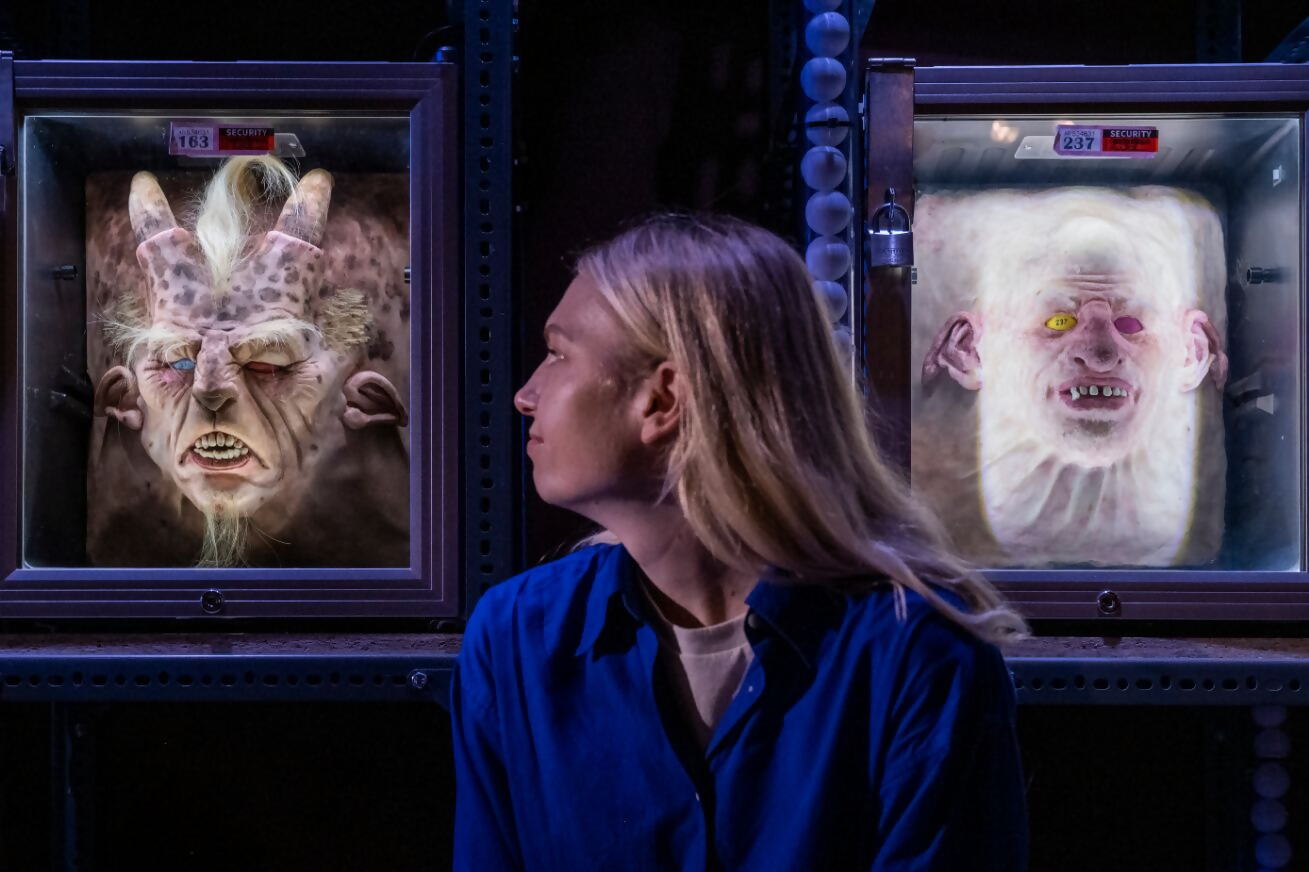
Above: A Dream in Green, 2015, by Juno Calypso © Juno Calypso
You don’t have to dig deep into British history to uncover its fixation with the macabre. From folklore and classic ghost stories to eccentric occultists and punk rock, a dark tenor permeates Britain, one onto which subcultures have long grasped.
The Horror Show!, now exhibited at Somerset House, is framed in the context of traditional horror archetypes. The exhibition guides you through three acts: ‘Monster’, ‘Ghost’ and ‘Witch’ – each paradigm taking on an era and the lurid works it spawned.
‘Monster’ places us among the unrest of the 1970s and 80s when the deviancy and degeneracy of glam rock and punk thrashed against the backdrop of Thatcherism. There’s a biting sense of irony here that the cultural icons perceived at the time as monstrous were disrupting a status quo many believed to be run by actual monsters.
Claire Catterall, the exhibition’s co-curator, points to the 1974 Mclaren/Westwood T-shirt titled You’re gonna wake up one morning and know what side of the bed you’ve been lying on! as a work that epitomises the ‘Monster’ phase. On the shirt are printed two lists, one (blue) featuring who was on the wrong side of the bed, the other (pink) who was on the relevant side. The wrong side featured artists accused of selling out – Bryan Ferry, Rod Stewart and Elton John, and the pink side included groups like “the Raw Power Society for Cutting Up Men”.
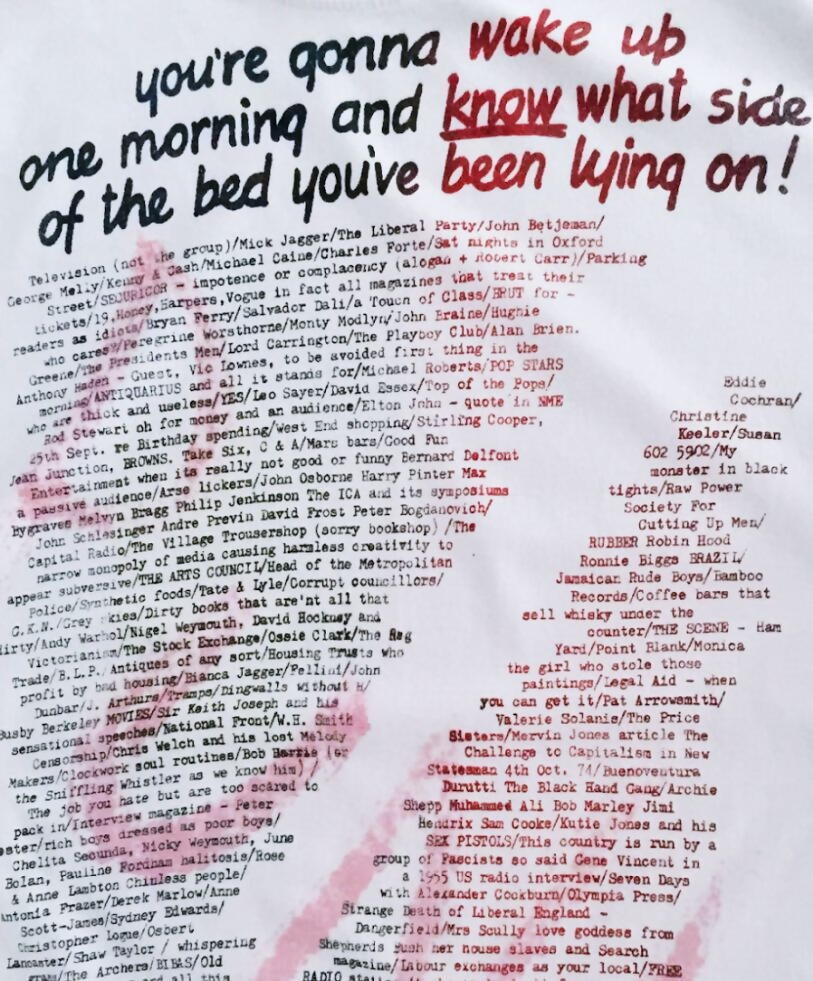
McLaren and Westwood’s t-shirt. People who ‘sold out’ include, surprisingly, Salvador Dali, Mars bars, and Elton John. Unsurprisingly, The Met Police chief, rich boys dressed as poor boys, and corrupt councillors made the naughty list.
READ MORE: The Witch, Hereditary, and Midsommar | Folk horror elevates the genre
“The shirt was a powerful tirade against a country and culture in fragmentation…for a generation looking to rip everything up in order to start again, this was a manifesto for change, marking the final disruption with the 60s and everything belonging to a tired, old Britain,” says Claire.
The show’s second act, ‘Ghost’, taps into the mystery that shrouded our journey from old to new through the turn of the century and towards the 2008 global financial crisis. A new form of austerity was creeping up in the UK, along with the birth of the digital age, widespread CCTV and internet anonymity.
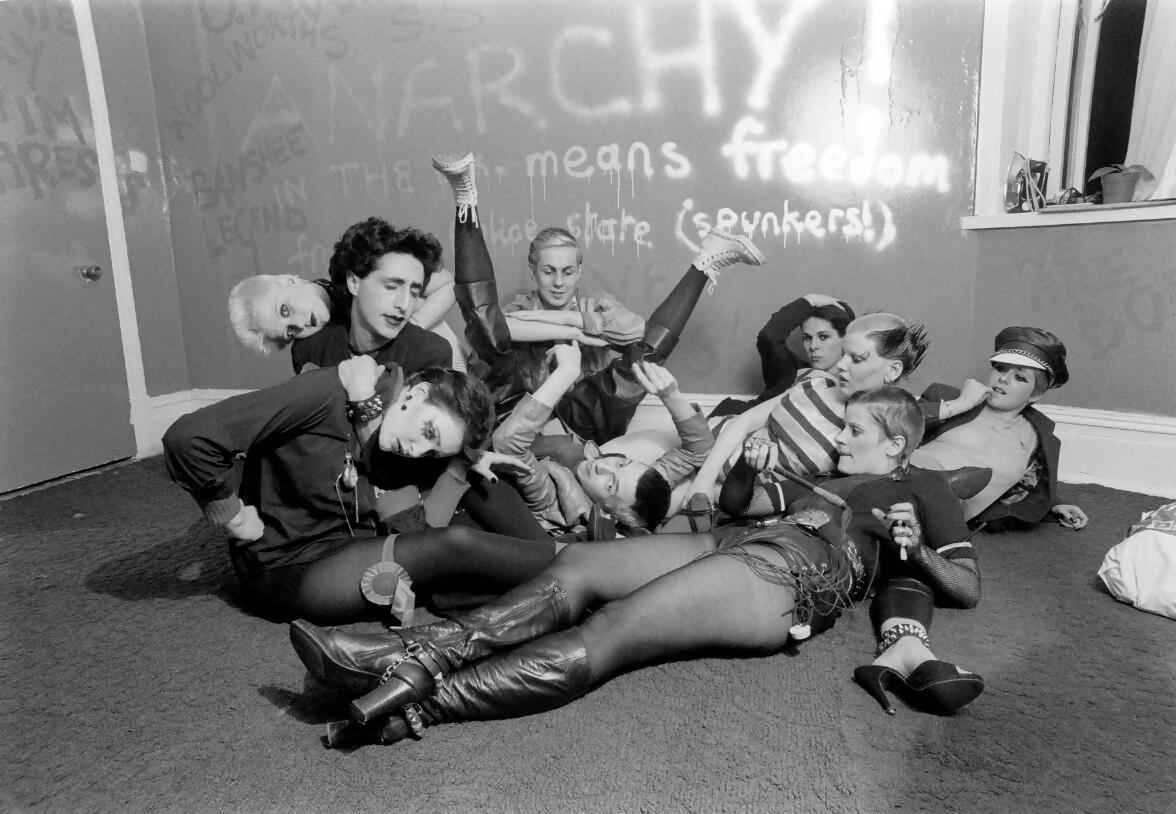
Ray Stevenson, The Bromley Contingent, 1978 (c) Ray Stevenson
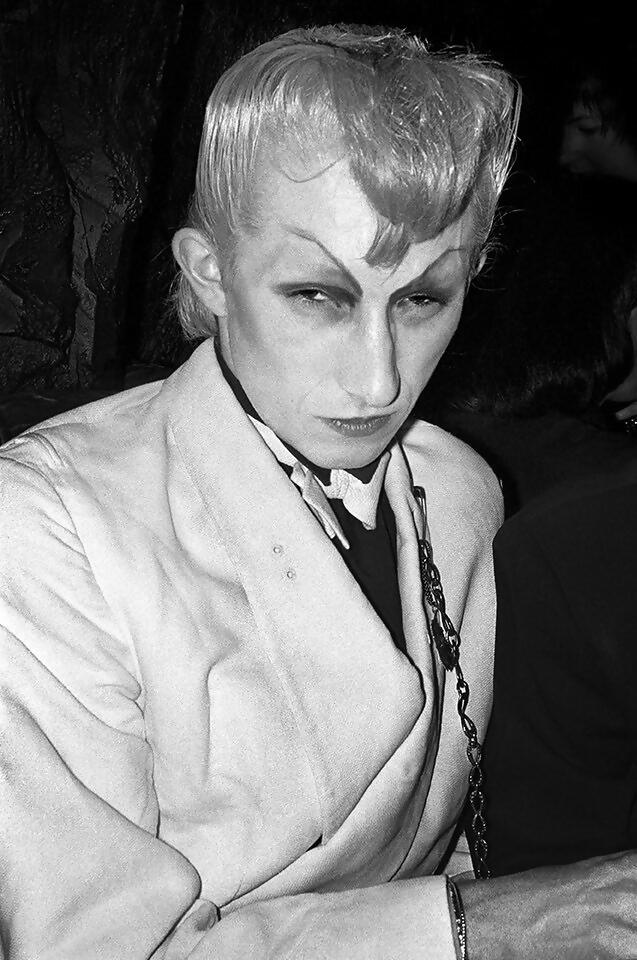
Derek Ridgers, Martin At Billy’s, London, 1978. © Derek Ridgers. Courtesy Of Derek Ridgers Editions
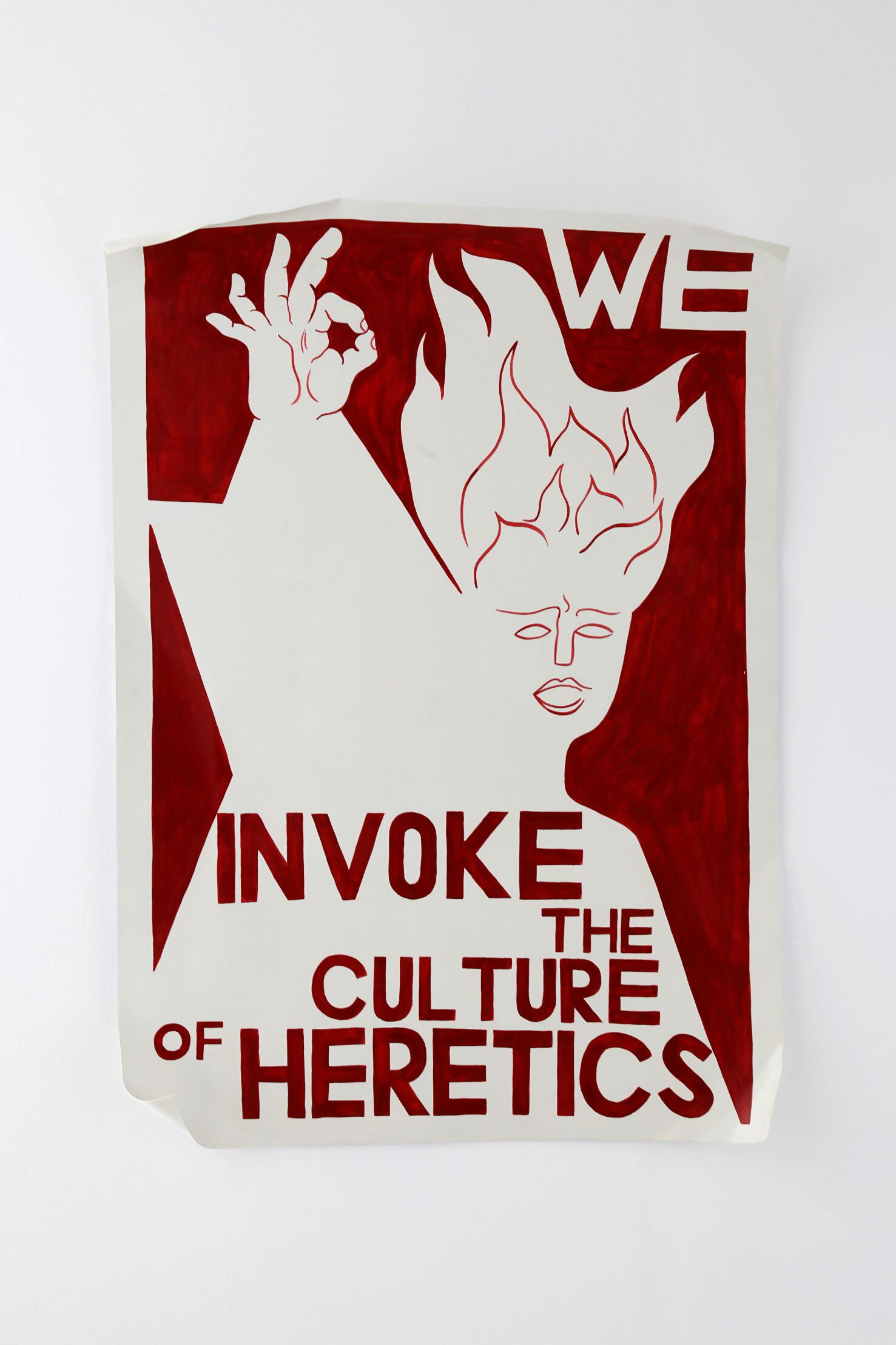
Anna Bunting – Branch, W.I.T.C.H. (“We Invoke the Culture of Heretics”), 2015. © Anna Bunting – Branch
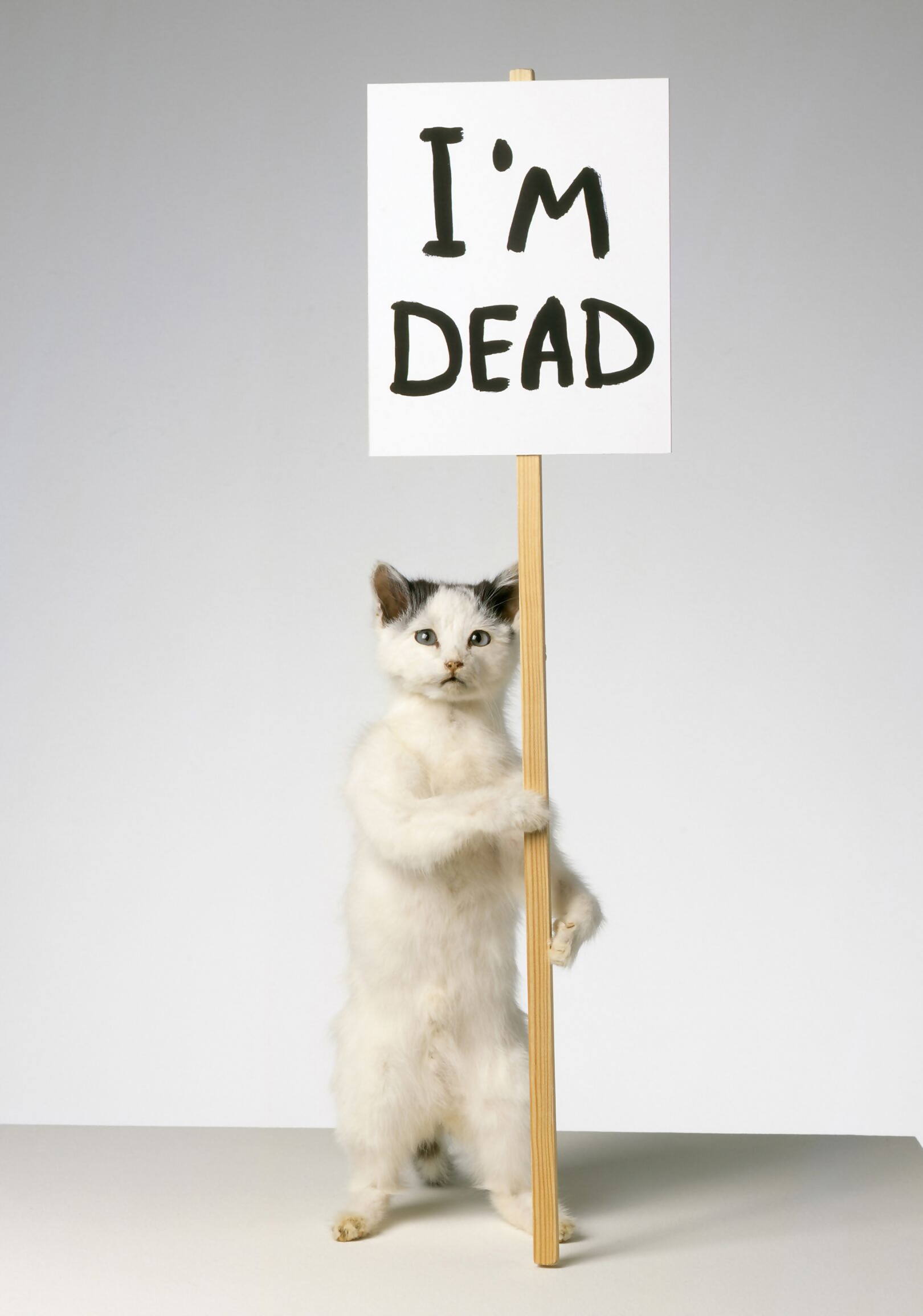
David Shrigley, I’m Dead, 2007, (c) David Shrigley. Courtesy the artist, The David and Indrė Roberts Collection and Stephen Friedman Gallery, London.
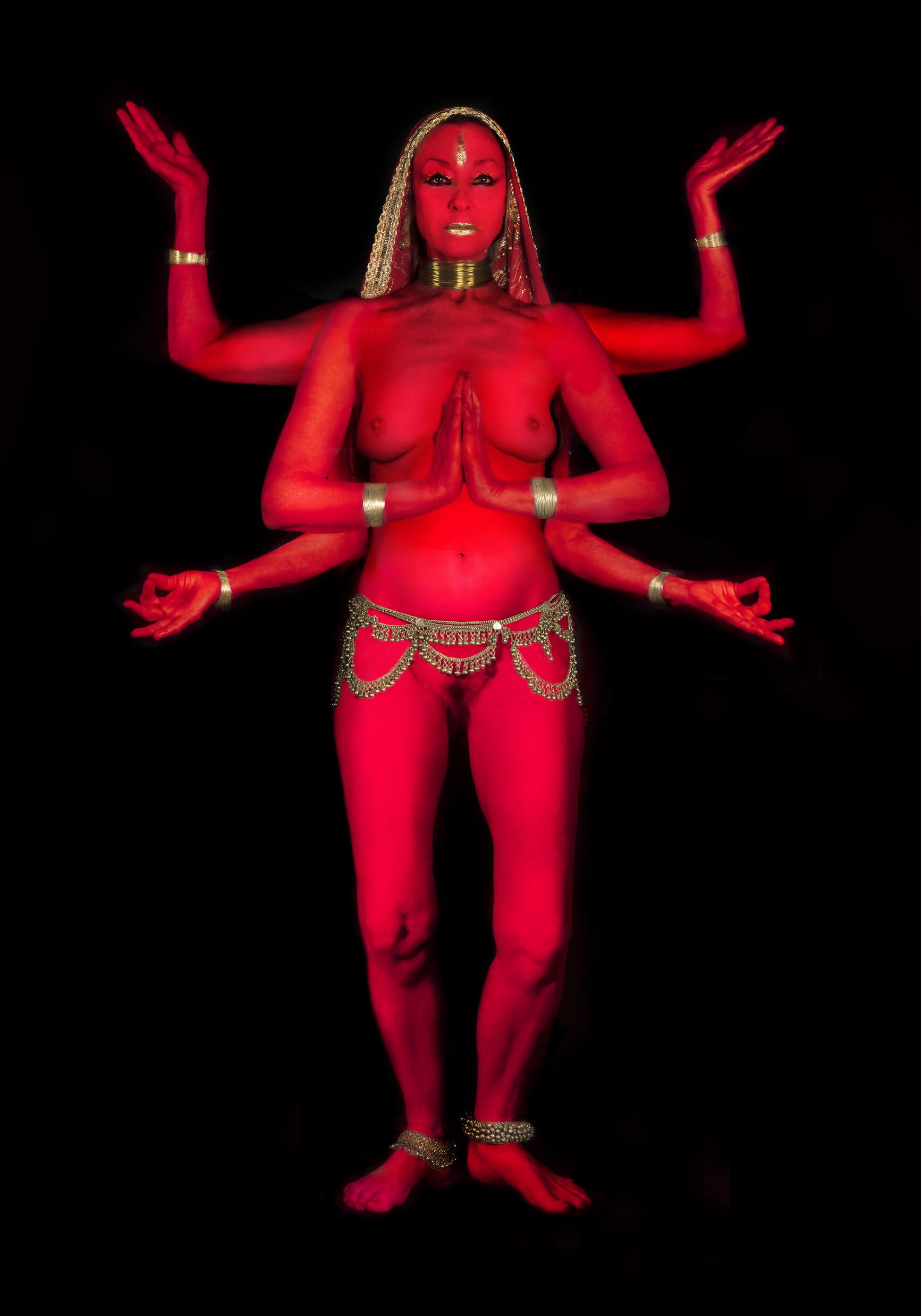
Penny Slinger, Penny Red Dakini, 2019, Courtesy of Richard Saltoun Gallery, Copyright the Artist
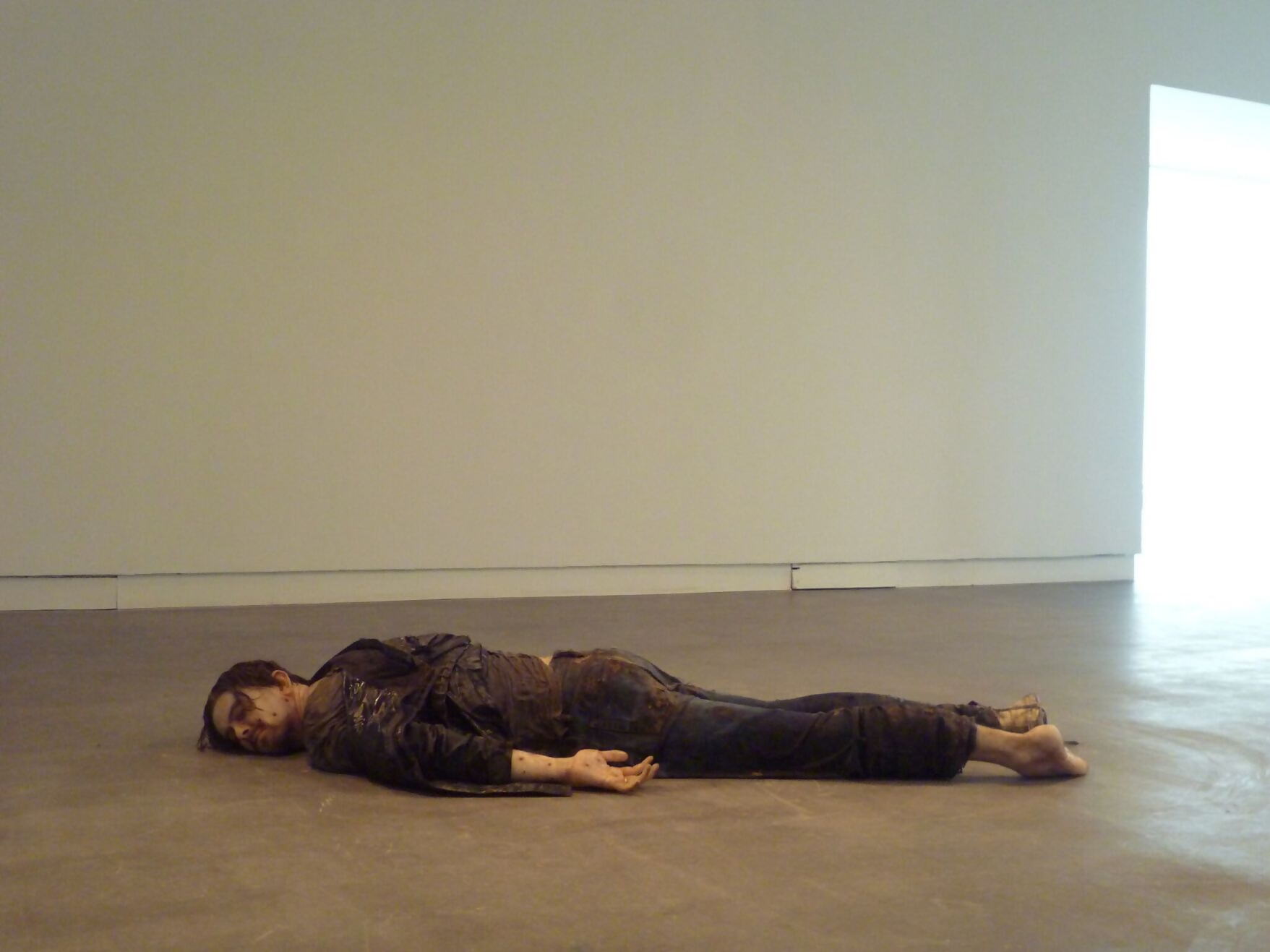
14 Jeremy Millar, Self Portrait as a Drowned Man (The Willows) , 2011. © Jeremy Millar. Courtesy of the artist.
With faceless, ghostly spectres hidden behind screens, the eerie sense of being watched became part of our collective consciousness.
The video for Tricky’s 1995 track ‘Hell is Round the Corner’ is the work that Claire references as the core of Ghost. According to Claire, “It represents the ‘pressure drop’ of the 90s so succinctly and acoustically. The idea of summoning the ghost in the machine, quite literally through sampling and reverb techniques, to create a sound that encapsulated the airless political and cultural miasma of the 90s.”
With ‘Witch’ comes the blossoming of a new type of divination grounded in ecology and social equality. British horror and esoteric occultism have always been deeply connected with the landscape of the British Isles, but ‘Witch’ is rooted firmly in the present. Considering Britain’s history of persecuting witches, the current wave of occultism feels like a rebellious rebirth, a reaction to the evil forces at play and the reimagining of druidism.
READ MORE: ★★★☆☆ M3GAN review | The viral doll horror is a flawed delight
Tai Shani’s Neon Hyreoglyph expresses this bold, psychedelic vision of the future; Claire admires how the work is “bound up in sorrow but full of dreamy optimism”.
The Horror Show! is particularly relevant in light of the crises we’re facing as a nation. Horror is used as a creative response across the arts as audiences seek escapism, comfort, and a way to make sense of the times.
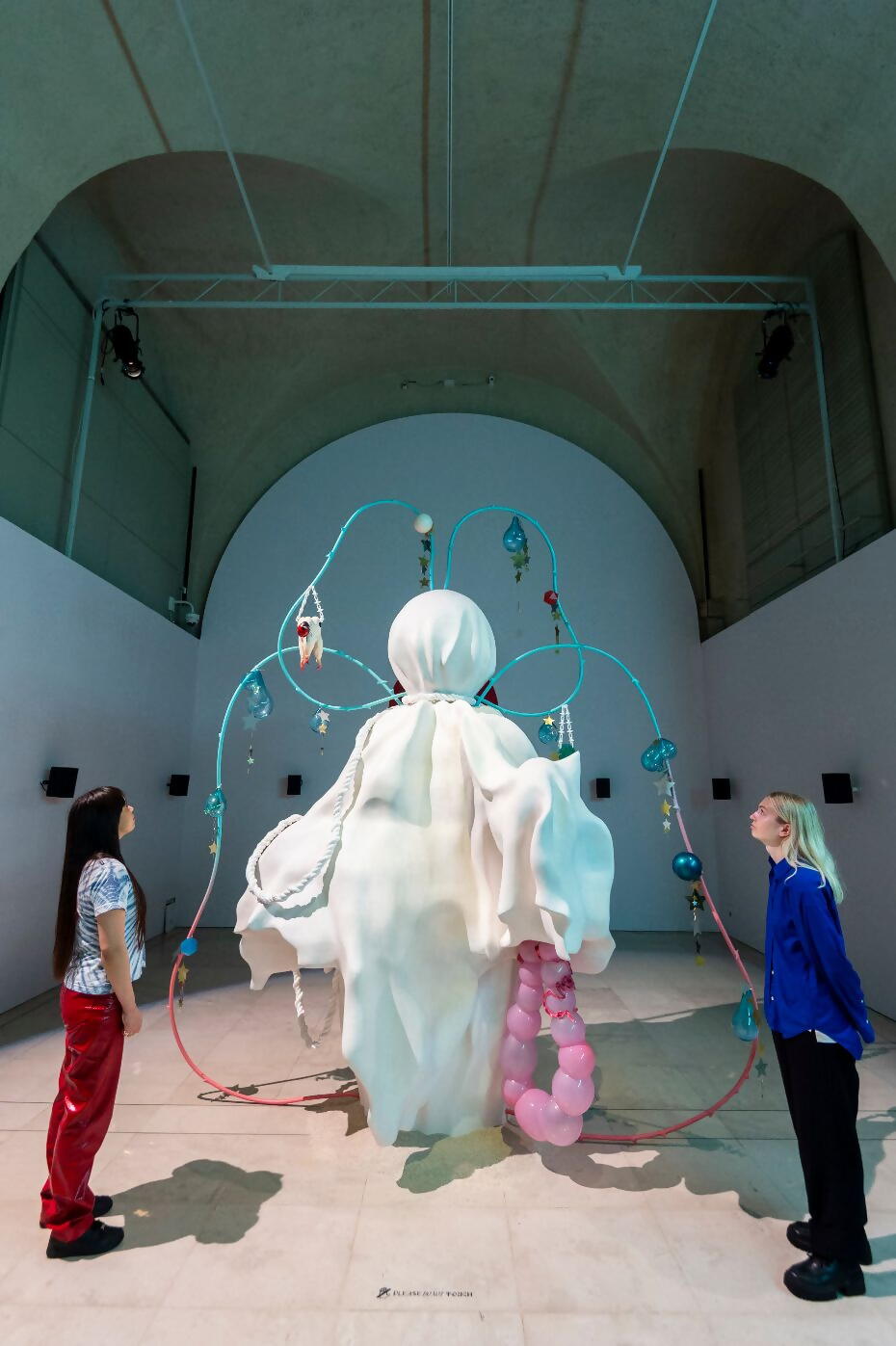
Tai Shani’s Neon Hyreoglyph
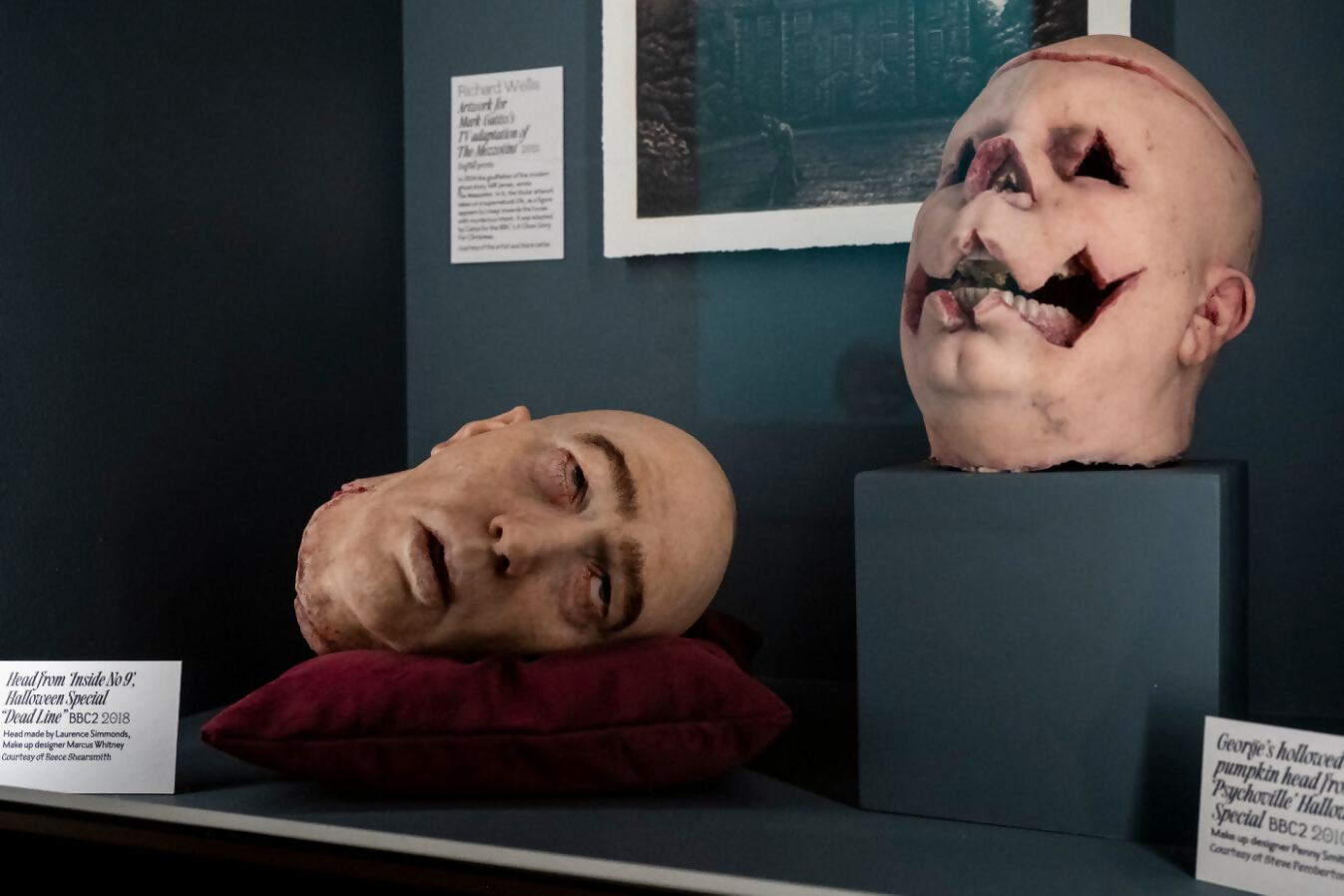
The Horror Show! A Twisted Tale of Modern Britain is at Somerset House. Image by Stephen Chung for Somerset House
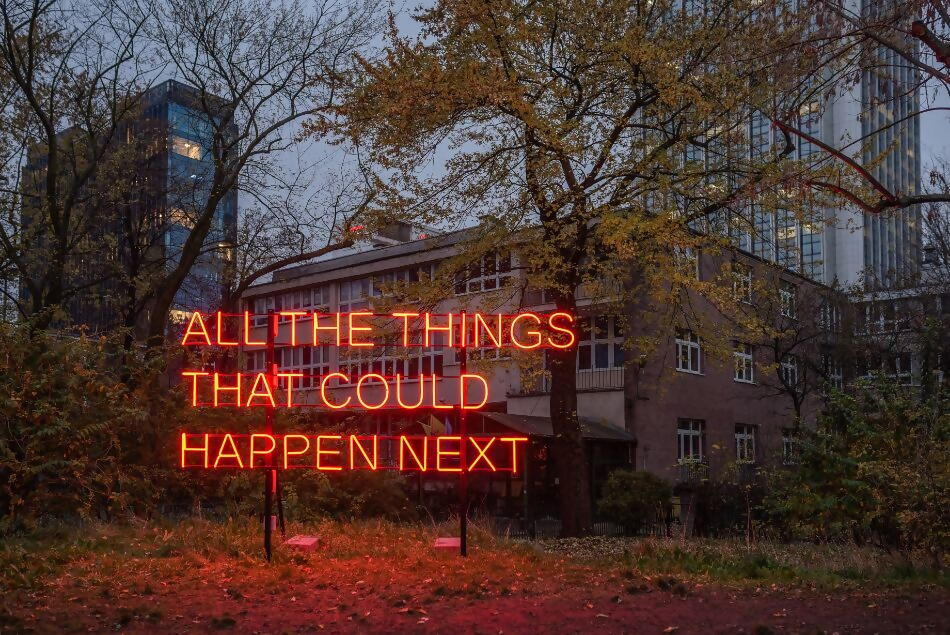
Tim Etchells, All the Things, 2020. Images courtesy of the artist © Paweł Ogrodzki
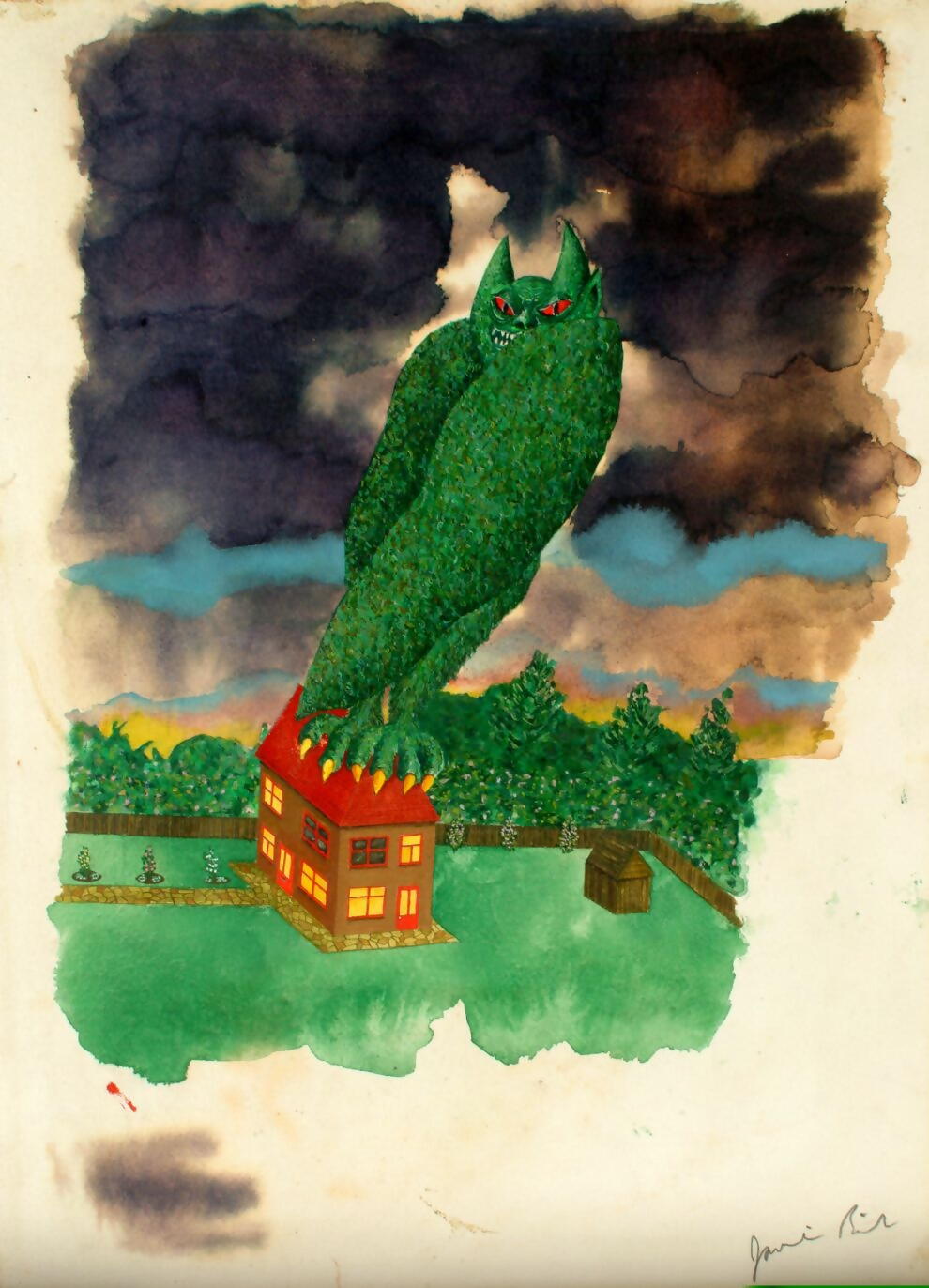
Jamie Reid, Monster On a Nice Roof, 1972. (c) Jamie Reid. Courtesy of John Marchant Gallery
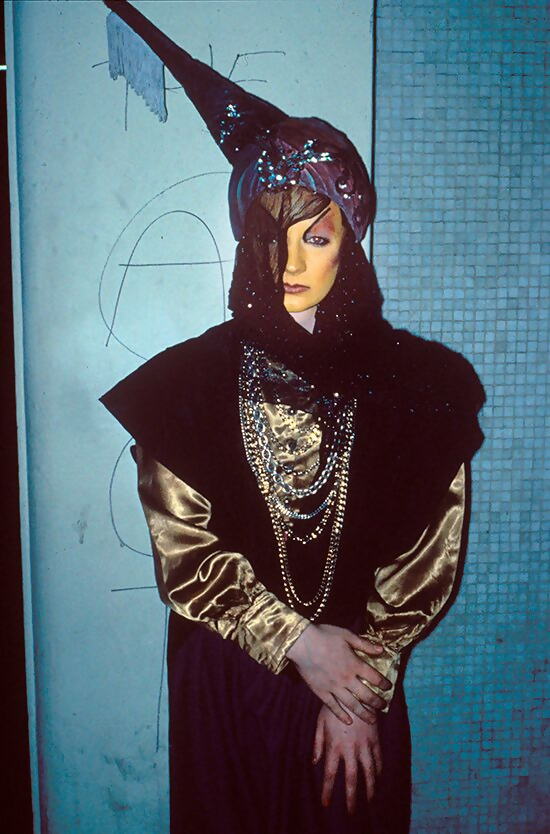
Derek Ridgers, Boy George outside St Moritz, London, 1981. © Derek Ridgers. Courtesy of Derek Ridgers Editions.
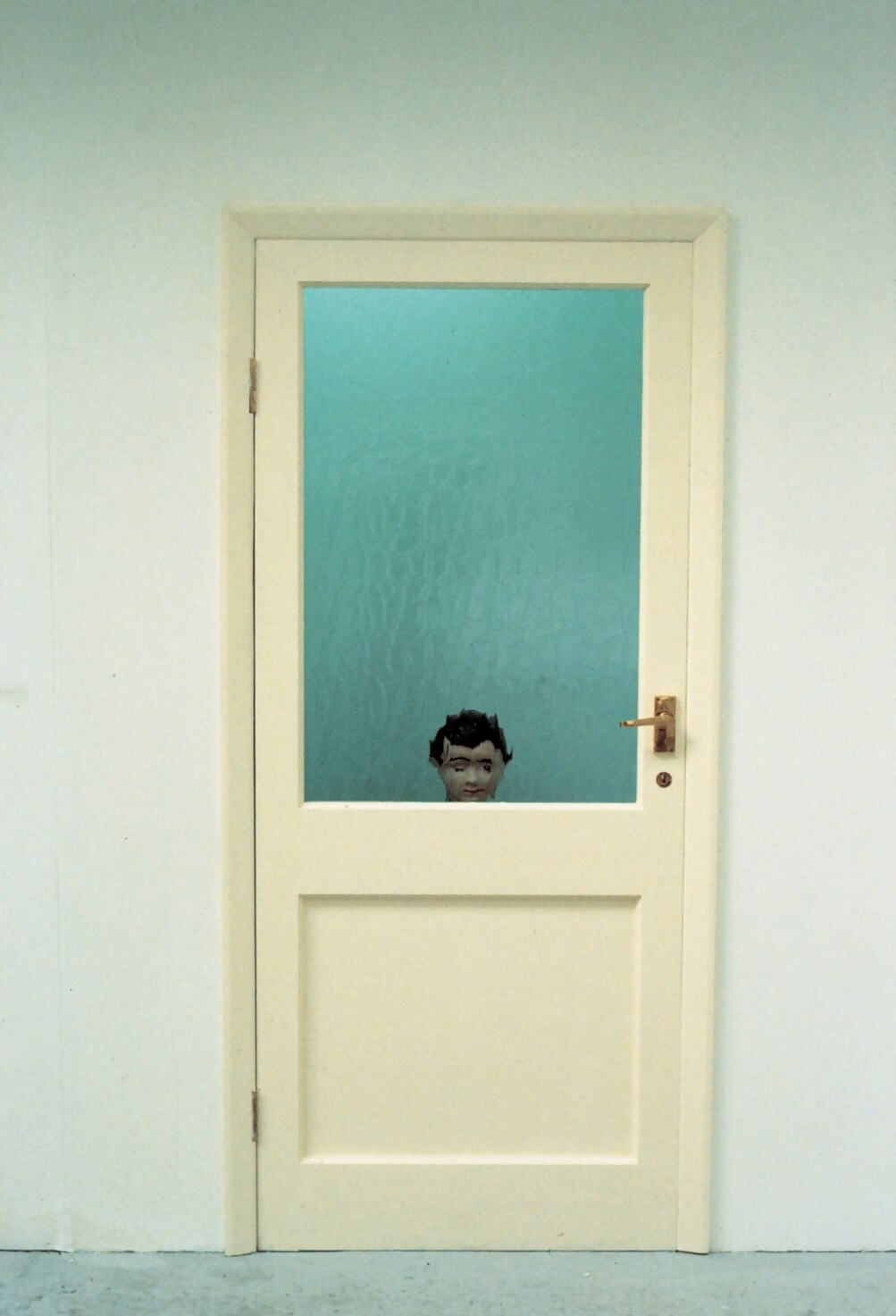
Kerry Stewart, The Boy From The Chemist Is Here To See You, 1993. Courtesy of Kerry Stewart
Claire considers the present a ‘Golden Age of Horror’, with a new breed of filmmakers and artists. We only need to look at film sales – in 2020, horror nearly doubled its takings as a genre in the time prior before breaking the record again in 2021. Artists are once again using the grotesque to challenge and provoke. Still, as we’re more desensitised to horror through ease of access to content, one questions whether the glory days of subversion and boundary-pushing are behind us.
“The underground is becoming mainstream. And subculture is dead,” says Claire, “It’s impossible now to find that space where you feel recognised as an individual. [But] while it is becoming easier to get more desensitised, I’m not sure we will ever get truly desensitised to real horror.”
With ‘Monster’ and ‘Ghost’ chronicling past eras behind us, and ‘Witch’ the one we’re living in, it’s a mystery which horror genre beast comes next. But this is certain: while some subcultures might be dead, horror is not.
The Horror Show! is showing at Somerset House until the 19th of February.


